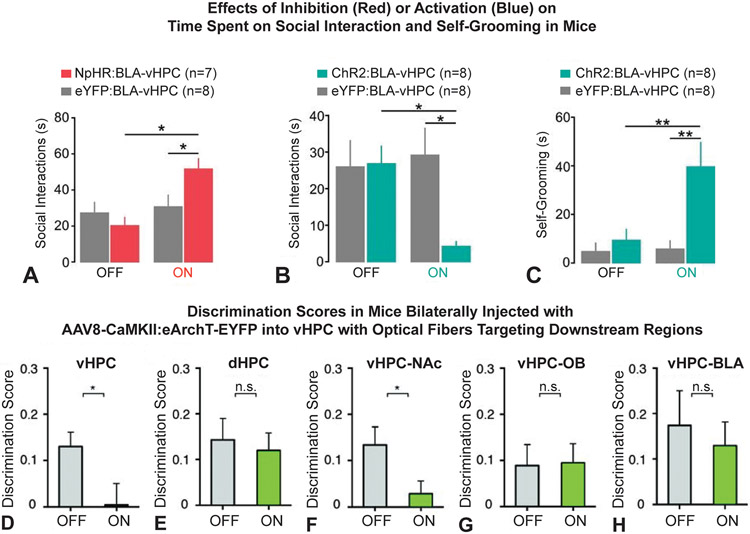Figure 3. Hippocampus-Amygdala Circuits in Social Cognition.
A–C: Felix-Ortiz & Tye, 2014 A: Inactivation of basolateral amygdala (BLA)→ventral hippocampus (vHPC) neurons with halorhodopsin (NpHR) increased social interactions in the resident intruder task in comparison to control (eYFP) mice. B: Activation of BLA→vHPC neurons with channelrhodopsin-2 (ChR2) decreased social interactions in the resident intruder task in comparison to control (eYFP) mice. C: Activation of BLA→vHPC neurons with ChR2 also increased self-grooming behaviors in comparison to eYFP control mice. D–H: Okyuama et al., 2016. Comparisons of social discrimination scores when investigated brain regions were optogenetically inhibited (laser ON) versus when they were not (laser OFF). D: Inhibition of vHPC neurons significantly decreased social discrimination scores. E: Inhibition of dorsal hippocampus (dHPC) neurons did not affect social discrimination scores. F: Inhibition of vHPC→Nucleus Accumbens (NAcc) projections significantly decreased social discrimination scores. G: Inhibition of vHPC→Olfactory Bulb (OB) projections did not affect social discrimination scores. H: Inhibition of vHPC→BLA projections did not affect social discrimination scores.

